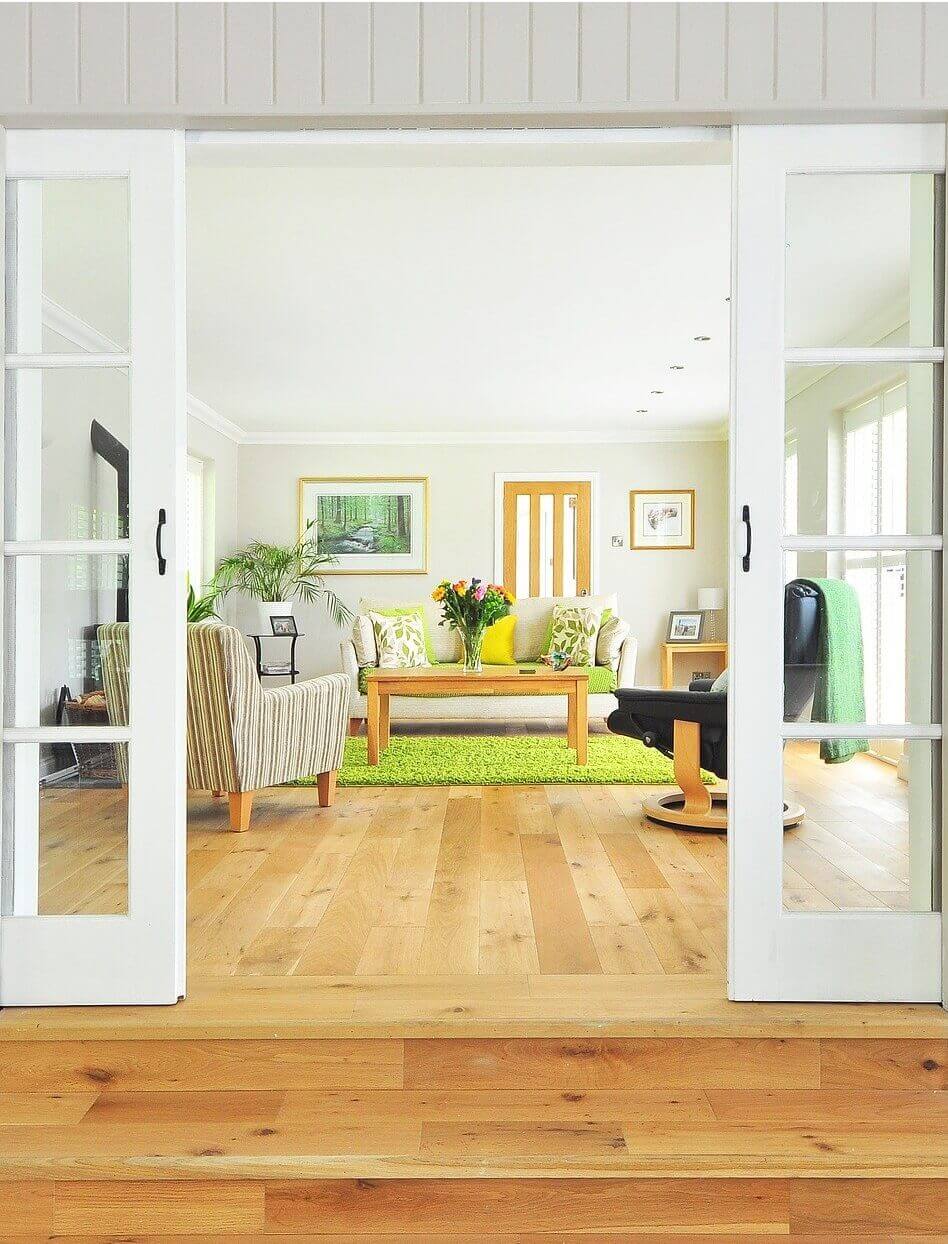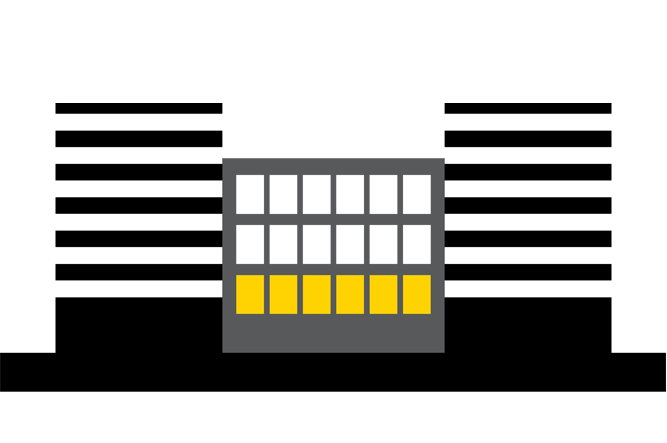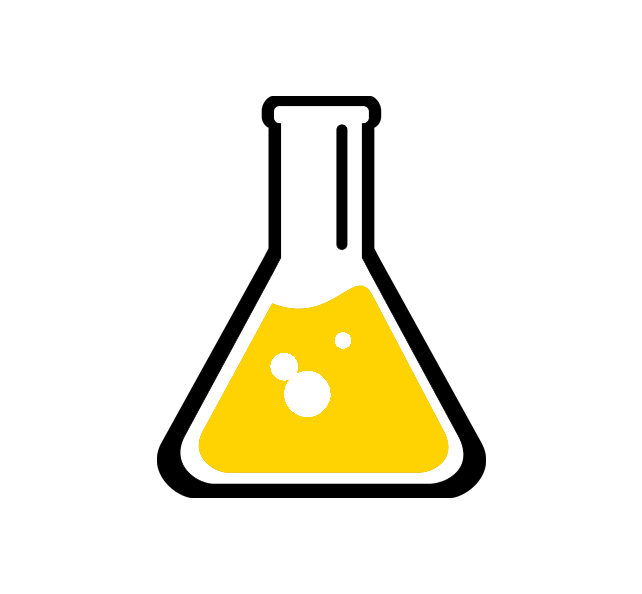MERV, or Minimum Efficiency Reporting Value, is an industry-standard rating system used to rate air filters based on effectiveness and efficiency, and can be used to compare filters made by different manufacturers.
A MERV rating explains how effectively a filter traps the small particles you don’t want circulating throughout your home or work environment. MERV ratings are based on a scale of 1 - 20, with 1 being the lowest efficiency and 20 being the highest.
Air filter performance is rated by factors like airflow rate, resistance, particle count, and the type of filter material used. Different filter materials have different efficiencies in capturing particles. Common materials for air filters include:
✓ Fiberglass filters are cost-effective and capture larger particles like dust and pollen but may be less effective at trapping smaller contaminants.
✓ Pleated filters offer higher efficiency and capture large and small contaminants, making them a popular choice for many residential and commercial applications.
✓ HEPA filters are highly efficient at capturing particles as small as 0.3 microns. HEPA filters are ideal for environments that require the highest level of air filtration.
The more effectively an air filter collects tiny, unseen particles, the higher the MERV rating it will have. The higher the MERV rating, the more efficient the filter is and the higher the resistance it has. It's important to remember that just because an air filter has a higher MERV rating, that doesn't necessarily mean it's better or right for your application.


Filters within this rating range can trap particulate larger than 10.0 microns and are generally used for residential applications to capture pollen, dust, pet fur, carpet fibers, and more.

MERV 5-8
This air filter range traps particles from 10.0 - 3.0 microns and can be used for commercial and industrial applications to control mold spores, pollen, dust mites, and dander.

Air filters rated MERV 9-12 capture particulate from 3.0 - 1.0 microns, including weld fumes, vehicle exhaust, lead dust, larger bacteria, and more.

This range of filters controls particles from 1.0 to 0.3 microns, including bacteria, dust, smoke, powders, oil droplets, and more.
MERV 13-16 air filters are used in environments that require surgical-grade clean air, such as hospitals, labs, and other clean air environments.

This air filter group collects contaminants as small as 0.3 and smaller and are used for applications like pharmaceutical manufacturing and clean rooms to capture sea salt, smoke, viruses, and carbon dust.
While filters with higher MERV ratings may have a higher initial cost, they offer multiple advantages. They not only reduce the strain on HVAC systems by capturing more contaminants, potentially leading to lower energy consumption and maintenance costs, but they also provide significant health benefits. These filters effectively reduce allergens and contaminants in the airstream, resulting in improved indoor air quality, which is essential in environments where individuals have allergies, asthma, or other respiratory conditions.
Some systems may require a specific MERV rating to operate efficiently without causing strain. An air filter that is too restrictive can impede airflow and reduce the overall efficiency of your system. You should always check system requirements and follow regulations and manufacturer manuals.
To learn more about MERV Ratings or for assistance in determining which air filter is best for your space, contact our specialists.
You may also like
• Why Is Air Filtration Important?
• Is Poor Air Quality Affecting Your Workplace?
• OEM-Quality Replacement Dust Collector Filters
Call Us Today -or- Request A Quote! Request a Quote